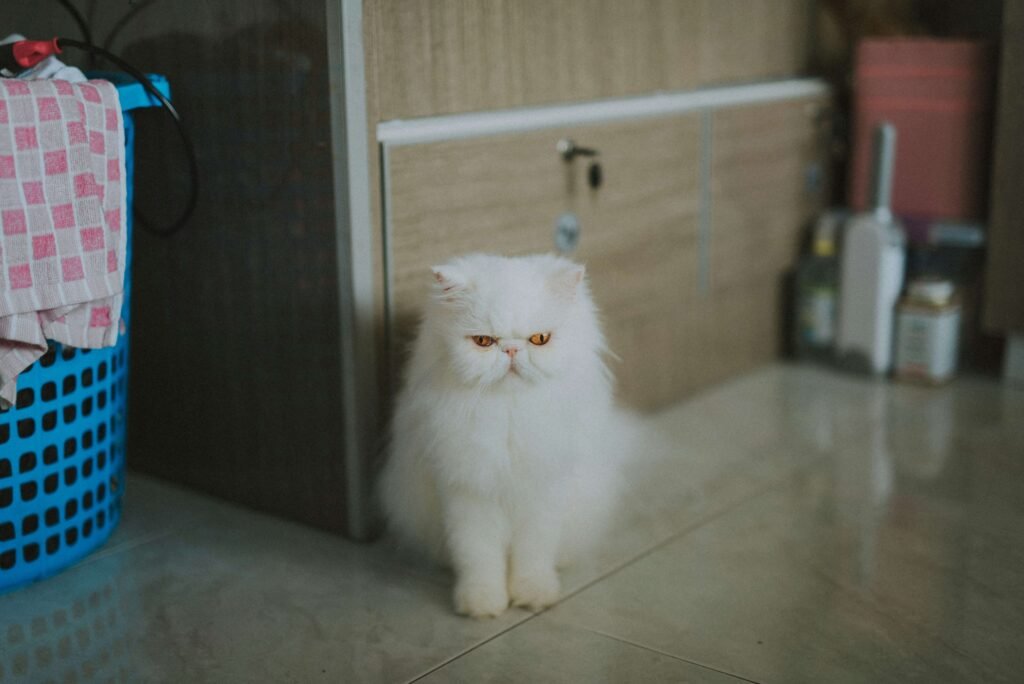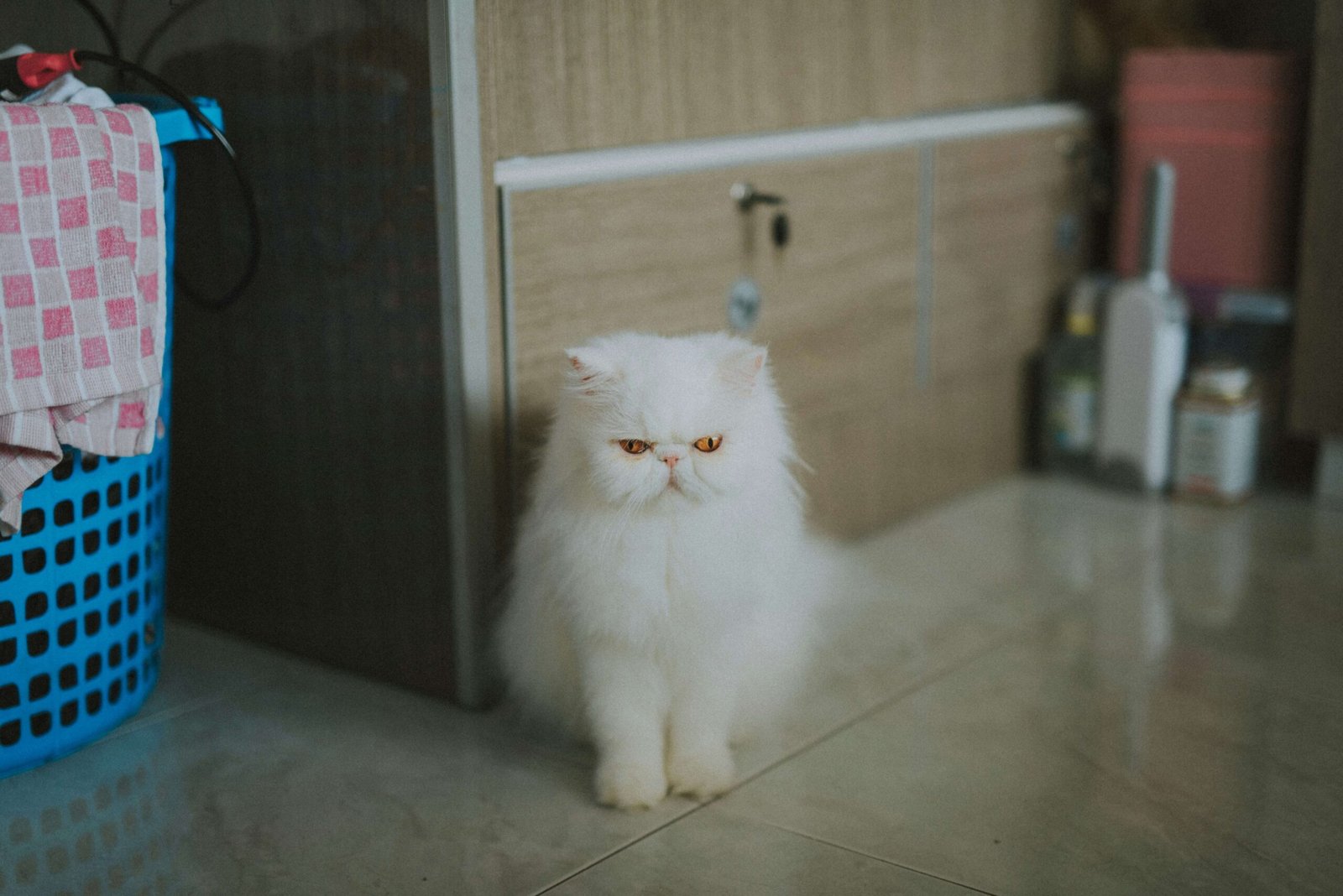Cat Cries When I Leave: Understanding and Addressing Separation Anxiety
Cats are often seen as independent creatures, but the truth is, many of them form deep emotional bonds with their human companions. If your cat cries when you leave, it’s a sign that they’re feeling anxious or distressed about your absence. This behavior is more common than you might think, and while it can be heartbreaking to hear those plaintive meows, there are effective ways to help your feline friend feel more secure. In this blog post, we’ll explore why cats cry when you leave, how to identify signs of separation anxiety, and practical strategies to ease their stress. With patience and understanding, you can create a calmer environment for both you and your cat.
Why Does My Cat Cry When I Leave? Common Reasons
There are several reasons why your cat might vocalize when you leave. Understanding these triggers can help you address the root cause of their distress. Here are some common explanations:
Separation Anxiety : Cats can develop strong attachments to their owners and may become anxious when left alone.
Routine Disruption : Sudden changes in your schedule can confuse your cat and lead to crying.
Attention-Seeking Behavior : Some cats cry to get your attention, especially if they’re used to constant interaction.
Boredom or Loneliness : A lack of mental stimulation can make your cat feel neglected when you’re not around.
Health Issues : Underlying medical conditions, such as pain or discomfort, can cause increased vocalization.
By identifying the reason behind your cat’s crying, you can take targeted steps to comfort them and reduce their anxiety over time.
Signs of Separation Anxiety in Cats
Separation anxiety isn’t just a problem for dogs—it affects cats too. Recognizing the signs can help you determine whether your cat’s crying is linked to emotional distress. Here’s what to look for:
Excessive Vocalization : Persistent meowing or yowling after you leave is a classic sign of separation anxiety.
Destructive Behavior : Scratching furniture, knocking items over, or chewing on objects can indicate stress.
Inappropriate Elimination : Some cats may urinate or defecate outside the litter box due to anxiety.
Over-Grooming : Excessive licking or grooming can be a self-soothing behavior triggered by stress.
Pacing or Restlessness : Cats may wander aimlessly or seem unable to settle when left alone.
If your cat exhibits multiple signs of separation anxiety, it’s important to address the issue promptly to prevent further escalation.
Check this guide 👉Why Is My Cat Crying Tears? Best 7 Health Tips!
Check this guide 👉Warning Signs Your Cat Is Crying for Help: Best 7 Tips!

Signs of Separation Anxiety | How to Address It |
|---|---|
Excessive vocalization | Use calming aids like pheromone diffusers |
Destructive behavior | Provide interactive toys to distract them |
Inappropriate elimination | Consult a vet to rule out health issues |
Over-grooming | Create a calming routine before leaving |
Pacing or restlessness | Gradually increase alone time to build confidence |
Practical Tips to Calm Your Cat Before You Leave
Preparing your cat for your departure can significantly reduce their anxiety and minimize crying. Here are some actionable tips:
Establish a Routine : Cats thrive on predictability, so try to leave and return at consistent times each day.
Create a Safe Space : Designate a cozy area with their bed, toys, and familiar scents where they feel secure.
Use Calming Products : Pheromone sprays or diffusers can help soothe your cat’s nerves.
Engage in Play : Spend 10–15 minutes playing with your cat before you leave to tire them out and reduce stress.
Leave Background Noise : Soft music or a white noise machine can provide comfort while you’re away.
By implementing these strategies, you can ease your cat’s transition into alone time and reduce their need to cry for attention.
Building Independence: Helping Your Cat Feel Secure Alone
Teaching your cat to feel comfortable alone is key to reducing their reliance on your presence. Here are some ways to foster independence:
Gradual Departures : Start by leaving for short periods and gradually increase the duration to help them adjust.
Interactive Toys : Puzzle feeders or treat-dispensing toys can keep your cat entertained while you’re gone.
Comfort Items : Leave behind clothing or blankets with your scent to provide reassurance.
Positive Associations : Reward your cat with treats or praise when they remain calm during your absence.
Avoid Reinforcing Crying : Don’t give in to their cries by returning immediately, as this reinforces the behavior.
By encouraging independence, you empower your cat to feel confident and secure even when you’re not around.
Understanding Your Cat’s Emotional Needs
Cats are emotional beings, and their crying when you leave often stems from unmet emotional needs. To better support your cat, consider these insights into their emotional world:
Bonding Dynamics : Cats form strong attachments to their owners, similar to how they bond with other cats or animals.
Sensitivity to Change : Even small changes in routine or environment can trigger stress or anxiety.
Communication Style : Crying is one of many ways cats express their emotions; it’s their way of “talking” to you.
Comfort Zones : Cats feel safest in familiar spaces, so disruptions can make them feel vulnerable.
Individual Personality : Each cat has a unique temperament, which influences how they handle separation.
By understanding these emotional needs, you can tailor your approach to help your cat feel more secure and loved.
Creating a Stimulating Environment for Your Cat
A stimulating and engaging environment can reduce your cat’s anxiety and keep them entertained while you’re away. Here’s how to enrich their surroundings:
Interactive Toys : Puzzle feeders or motion-activated toys can keep your cat mentally stimulated.
Scratching Posts : Provide scratching posts or pads to satisfy their natural instincts and reduce destructive behavior.
Window Perches : Set up a spot near a window where your cat can watch birds or outdoor activity.
Hiding Spots : Offer cozy hideaways like boxes or enclosed beds where your cat can retreat if they feel overwhelmed.
Vertical Space : Install shelves or cat trees to give your cat elevated spots for observation and relaxation.
By creating an enriched environment, you can keep your cat happy and distracted, reducing their need to cry for attention.
Strengthening Trust Through Consistency
Building trust and consistency is key to helping your cat feel more comfortable when you leave. Here are some ways to reinforce trust and stability:
Predictable Schedule : Stick to regular feeding, play, and grooming routines to create a sense of security.
Practice Short Departures : Leave for brief periods and return consistently to show your cat that you always come back.
Use Calming Scents : Leave items with your scent, like a worn shirt, to provide comfort during your absence.
Positive Reinforcement : Reward calm behavior with treats or praise to encourage confidence.
Avoid Sudden Changes : Introduce new routines or environments gradually to minimize stress.
By fostering trust and consistency, you can reassure your cat that they are safe and loved, even when you’re not around. This foundation of trust will help them feel more secure over time.
Frequently Asked Questions About Cats Crying When You Leave
Is it normal for my cat to cry when I leave?
Yes, it’s normal for some cats to express anxiety through vocalization when their owner leaves.
How long does it take to reduce separation anxiety?
The process varies; it can take days, weeks, or months depending on the cat’s personality and the severity of their anxiety.
Should I punish my cat for crying?
No, punishment can increase stress and worsen the behavior. Focus on positive reinforcement instead.
Can I use medication to calm my cat?
In severe cases, a vet may recommend anti-anxiety medications, but natural solutions should be tried first.
What if my cat’s crying is accompanied by destructive behavior?
This could indicate significant stress; consult a vet or animal behaviorist for guidance.
Strengthening Your Bond Through Understanding
When your cat cries when you leave, it’s a testament to the deep bond you share. While it can be challenging to hear, their vocalizations are a call for reassurance and connection. By addressing their needs with patience and compassion, you can help them feel more secure and confident during your absences. Whether it’s through gradual training, environmental enrichment, or simply spending quality time together, every effort you make strengthens your relationship. Remember, your cat’s cries are a reflection of their love for you—and with the right approach, you can turn their anxiety into peace of mind. Together, you’ll build a bond that’s stronger and more resilient than ever.
Cat Fever Treatment: Best 7 Expert Tips! Discover expert advice on identifying, managing, and treating fever in cats to ensure their quick recovery and well-being.
Understanding Meloxicam for Cats: Best 7 Expert Tips! Learn how to safely administer meloxicam, manage side effects, and ensure your cat's comfort with expert advice on feline pain relief.
Amoxicillin for Cat UTI: Best 7 Expert Tips! Discover safe usage, dosage guidelines, and expert advice on treating feline urinary tract infections effectively with amoxicillin.
Understanding Cat Cancer Treatment: Best 7 Expert Tips! Discover expert advice on managing feline cancer, from early detection to treatment options, ensuring your cat’s health and comfort.





